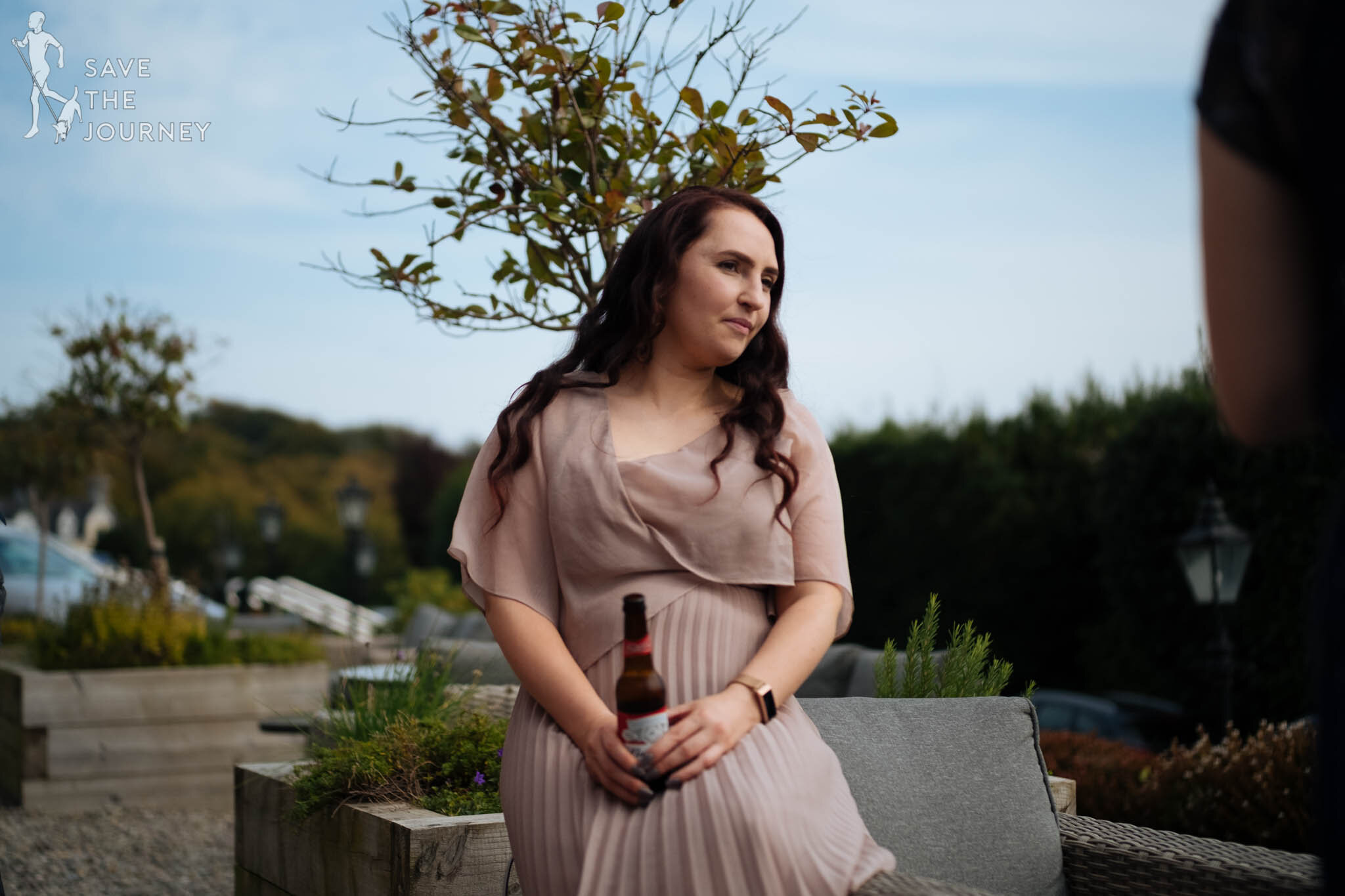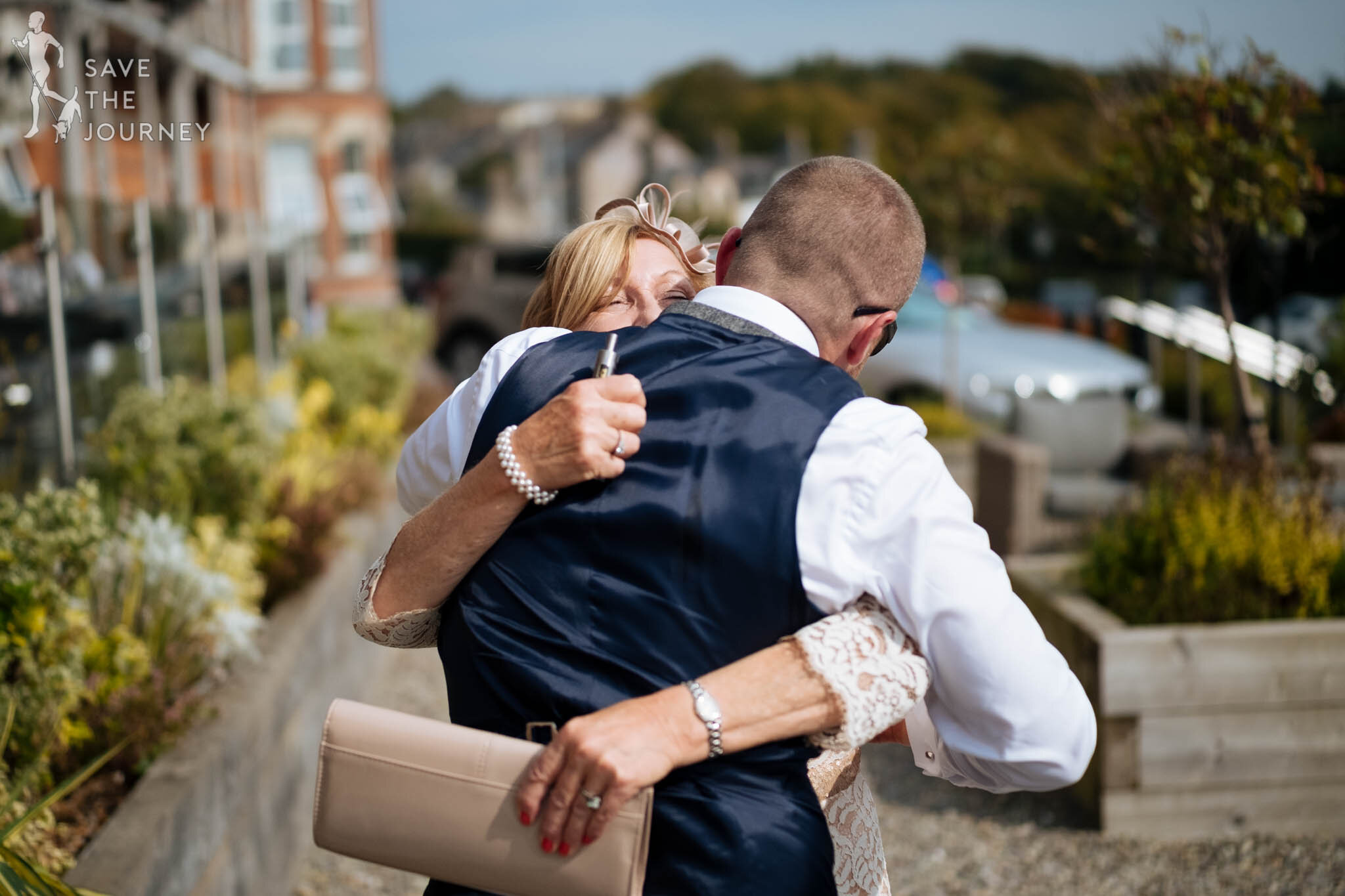Samyang/Rokinon 35mm f1.2 ED AS UMC CS Review
In today’s post we are not mucking around. Let’s get straight to the point!
Here are loads of sample photos of the Samyang/Rokinon 35mm f1.2 (ED AS UMC CS). People have been asking me to make this post for a while now, and I’m still surprised how little information there is on this lens. Even fewer sample photos. But one things for sure, it might be incredibly underappreciated but it’s one mighty underdog!
Bizarrely, I mistakenly got this lens with a Sony E-mount. I hadn’t initially planned to buy this lens because I couldn’t find any decent reviews on it. The manual focus made me keep clear of this lens too, even though I love the manual focus Samyang 21mm f1.4! But I must say that was down to me photographing a lot of MMA at the time. That’s not an environment where you want to be manual focusing with an f1.2 lens! So I bought the Fujifilm 35mm f2 instead. And regretted it.
I found this Samyang 35mm f1.2 for sale. It was really cheap. A used lens, but like new. I wrote the seller a couple of times. I must admit he didn’t only seem clueless about the lens and photography in general, but also a bit dim. The price was really good though so I just bought it, and when it arrived, surprise, surprise, the mount looked a little funny. To my dismay the lens didn’t fit! I was so gutted that I actually kept trying to mount it on the camera over and over again, as if the Sony E-mount would slowly transform into a Fujifilm X-mount. With each try a little more, until it eventually; it married itself to the camera body. No such luck. Witchcraft is still not present in this world.
Since I hadn’t bought it over an official website like eBay, and with the seller refusing a refund, I was stuck with the lens. I was fairly annoyed over it for a while, and it did sit in the back of my cupboard for a couple of weeks till I decided what to do with it. I eventually got onto Intro2020 in the UK (this was pre-Brexit). They are a licensed service centre for Samyang lenses and were able to send me a Fujifilm X-mount for this specific lens. So the lens might say E but it’s now a FX!
I got this lens just before the lockdowns in 2020, so I haven’t been able to use it on many professional shoots yet. So these photos are mainly of my own personal life. But it shouldn’t really make much of a difference for anyone interested in it.
At this stage I’d recommend to click here for my Samyang 21mm f1.4 review, as a lot of the physical aspects of this lens are exactly the same (the half step aperture, lens hood etc). There you’ll also find my opinion on manual focusing and why I think it is better. I truly still think it has a valid place in modern photography and shouldn’t just be seen as a financial decision.
Focusing
Now, onto details of this specific lens. We’ll start with focusing.
I find it pretty easy to focus with these modern Samyang lenses. At open aperture the lens has an incredible amount of contrast and sharpness which will help your focus peaking pop on the screen or in the viewfinder. This is incredibly dependent on the lighting conditions, so do take that in account. Outside during the day, it’s easy. Even at f1.2. But if you’re in a cramped, dingy environment with a lot of movements, don’t bother. But then again, how well would an auto-focus lens do? If the situation is tricky and I’m having issues nailing the focus, I do find that focusing starts easing up at f1.4. At f2 it’s so easy.
If you’re comparing this lens to a Fujifilm 35mm f1.4 then you will decide depending on the look of the images. You’ll like one or the other more. But with the Fujifilm 35mm f2 you’ll also be losing a stop and a half of light gathering. So if you’re getting worried about your focusing skills, and are deliberating the Fujifilm 35mm f2 lens, just know that it is so easy to get shots in focus with the Samyang at f2. You’ll definitely be able to manage that. And every now and then you can take it slow, open that aperture up to f1.4 or f1.2, which you can’t with the Fujifilm.
But it obviously depends on what you’re photographing. I did photograph a wedding last year where I used the Samyang 21mm and 35mm for the majority of the time. And I must admit, I happily reached for my Fujifilm 50-140mm f2.8 (review here) by the end of the evening, as I was getting fairly tired from all the manual focusing. Since then I have bought the Fujifilm 16-55mm f2.8 and will use that in the future to supplement my manual lenses. Just to make it a bit easier for a long day. Whenever we will be leaving our lockdown that is.
What I did notice as well, is that the focus ring is noticeably stiffer than the 21mm. The 21mm has such a buttery smooth focus ring, this one is smooth too, but stiffer. It’s not a hindrance, and I guess it does make those small adjustments more accurate (not too sure about that statement to be honest), but it would be nice to have a little less resistance.
Image Quality
Let’s get to the important topic; image quality. When it comes down purely to the quality, I reckon this is the best 35mm lens for the Fujifilm X-mount. When it comes down to the look of the images, which is so subjective, I think that again, it’s the best 35mm lens for the Fujifilm X-mount.
Although I did watch a very well made YouTube video of someone who proclaimed that the Zeiss Touit 32mm f1.8 was the best lens. I understood what he meant, but I don’t agree. The same with the Fujifilm 35mm f1.4. Both lenses have so much character, and I do agree that it has its place sometimes. But to be stuck with that look all the time, is a tough pill to swallow for a professional photographer. If I was purely photographing for fun, it would be fine, but I have to cater for so many different situations, environments, lighting conditions etc. and have to guarantee the client that I will always get great shots every time.
That’s where the Samyang 35mm lens strikes the perfect balance between having character, yet not being overbearing, but also not being clinical, like I found the Fujifilm 35mm f2 to be. The colours this lens produces are typically Samyang. Which is excellent! As is the contrast and micro-contrast. This lens is sharper, with less vignetting and distortion than the Samyang 21mm f1.4 and has the same amount of contrast.
I am not totally against the Fujifilm 35mm f1.4 and might actually buy it in the future for those long wedding days if I don’t get on well with the Fujifilm 16-55mm. I just prefer the Samyang.
What would I change physically?
This paragraph is taken straight from my Samyang 21mm lens review, all points are exactly the same.
I would change a few things here. I would adore it if Samyang decided to release a Mk II version with a higher quality body. The lens body is currently fine, made of high quality plastic that is lightweight. But for a working professional like me who uses this lens a lot, I would love to have a full metal body to a similar quality level as Zeiss. I wouldn’t even need or want anything too crazy like Leica’s lenses.
The focus ring on these lenses are also not perfectly accurate, I had to open up the mount on mine and adjust some internal bits to have infinity correlate with the infinity symbol on the focus ring. This could have been due to the lens mount swap but I have had the same issue with the Samyang 21mm f1.4 and 12mm f2 (review here). I can still focus to infinity, it just doesn’t line up perfectly with the sign on the focus ring, but I wouldn’t mind paying, say €100 more, to have this perfectly accurate and in a better quality body.
And lastly, again, not crucial, but it would be nice if the lenses had an electronic chip to communicate to the camera which lens it is. A nice little extra when I’m in Lightroom and looking through older photos. It would also give me a good indication to keep track which lenses I am using over a certain time period. I know I can set this in camera, but I have several Samyang lenses and can’t or forget to set this every time I do a lens swap.
Conclusion
I hope these photos help you make a decision. I tried my best to get a good mix of photos, from portraits to landscapes to close ups, some background and foreground blur.
Bottom line, I really recommend everyone to try this lens. I see it for sale on the used market regularly for around €200-250. I am flabbergasted that one can get such a high quality lens that’s better than a Zeiss for so little money.
If you are too worried about the manual focusing however, you might be better off with one of the Fujifilm lenses. Or buy a cheap 50mm lens (Olympus OM, Canon FD, Minolta MD etc) and try it out before committing to the Samyang. The focal length will obviously be different and those legacy lenses don’t have such high levels of contrast, so focusing will be a bit more difficult than the Samyang. But it could give you a taste of what it’s like.
And as I’ve said before, I hope this helps someone who might be contemplating this lens. On the other hand I am glad to say that there aren’t any Amazon links here, so if you buy this lens or not thankfully doesn’t affect me at all! But I have been on the internet often enough looking for more information on a more obscure lens like this one. So I thought it’s my time to give back a little.
If you enjoyed this post, have a look at some of my other gear reviews here, or if you want to improve your product photography, click here to see how I photographed these inanimate objects.
Thanks for reading! And if you’re interested, I am selling this lens after using it for about half a year as I just have too many lenses at the moment.
































